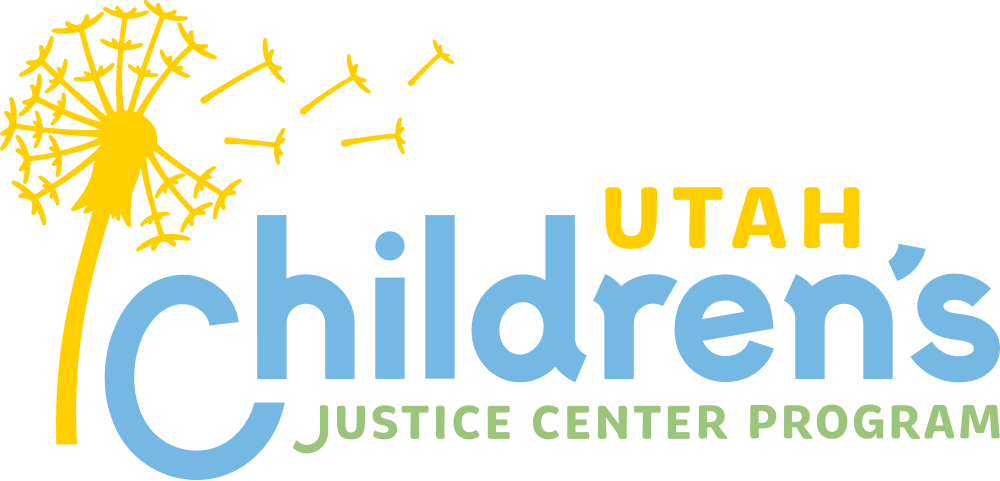
- Unexplained Injuries
Visible signs of physical abuse may include unexplained burns or bruises in the shape of objects. You may also hear unconvincing explanations of a child’s injuries.
- Changes in behavior
Abuse can lead to many changes in a child’s behavior. Abused children often appear scared, anxious, depressed, withdrawn or more aggressive.
- Returning to earlier behaviors
Abused children may display behaviors shown at earlier ages, such as thumb-sucking, bed-wetting, fear of the dark or strangers. For some children, even loss of acquired language or memory problems may be an issue.
- Fear of going home
Abused children may express apprehension or anxiety about leaving school or about going places with the person who is abusing them.
- Changes in eating
The stress, fear, and anxiety caused by abuse can lead to changes in a child’s eating behaviors, which may result in weight gain or loss.
- Changes in sleeping
Abused children may have frequent nightmares or have difficulty falling asleep, and as a result may appear tired or fatigued.
- Changes in school performance and attendance
Abused children may have difficulty concentrating in school or have excessive absences, sometimes due to adults trying to hide the child’s injuries from authorities.
- Lack of personal care or hygiene
Abused and neglected children may appear uncared for. They may present as consistently dirty and have severe body odor, or they may lack sufficient clothing for the weather.
- Risk-taking behaviors
Young people who are being abused may engage in high-risk activities such as using drugs or alcohol or carrying a weapon.
- Inappropriate sexual behaviors
Children who have been sexually abused may exhibit overly sexualized behavior or use explicit sexual language.
error: Content is protected!!


 Children's Justice Centers cannot accept child abuse reports directly. To report suspected abuse, please contact one of the following:
Children's Justice Centers cannot accept child abuse reports directly. To report suspected abuse, please contact one of the following: